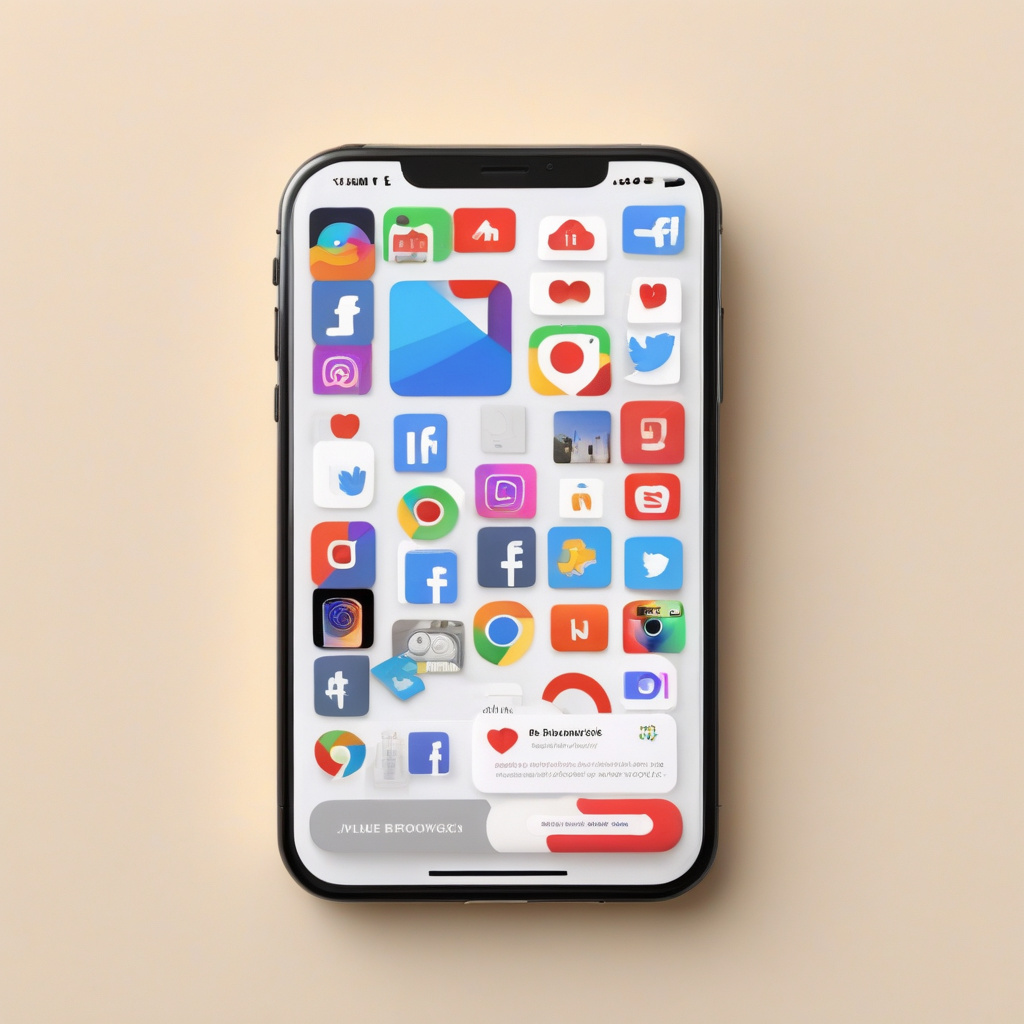In today’s mobile app landscape, the integration of in-app browsers has become a common practice to enhance user engagement and experience. These embedded browsers within mobile applications serve a crucial purpose by allowing users to access web content seamlessly without leaving the app environment. By keeping users within the app ecosystem, in-app browsers help in retaining user attention and preventing distractions that may arise when switching to external browsers.
One of the key benefits of in-app browsers is their ability to streamline the user experience. Instead of redirecting users to external browsers, which may lead to a loss of focus or engagement, in-app browsers enable users to view web content within the app itself. This seamless transition not only enhances user convenience but also contributes to a more cohesive app experience.
Moreover, in-app browsers offer a simplified browsing interface tailored to the specific needs of the app. By stripping away unnecessary features and focusing on essential browsing functionalities, these browsers provide users with a straightforward and intuitive web browsing experience. This focused approach eliminates clutter and distractions, allowing users to access the information they need efficiently.
When it comes to implementing in-app browsers, developers often turn to frameworks like Cordova and its InAppBrowser plugin. Cordova’s InAppBrowser functionality creates a dedicated browser window within the app, separate from the main Cordova WebView. This separation is crucial as it restricts the in-app browser from accessing Cordova APIs, ensuring an additional layer of security, especially when loading third-party or untrusted content.
However, despite the numerous benefits that in-app browsers offer, developers also face certain challenges in their implementation. One common challenge is ensuring compatibility and consistent user experience across different devices and operating systems. Since mobile devices vary in screen sizes, resolutions, and capabilities, developers need to optimize in-app browsers to deliver a consistent experience across various platforms.
Another challenge developers encounter is maintaining the balance between app functionality and web content accessibility. While in-app browsers provide a seamless way to access web content, developers must ensure that the integration does not compromise the overall performance or user experience of the app. Striking the right balance between app features and in-app browsing capabilities is essential for delivering a cohesive and engaging user experience.
To overcome these challenges, developers can adopt certain strategies and solutions. One approach is to prioritize responsive design principles when implementing in-app browsers to ensure that web content adapts seamlessly to different screen sizes and resolutions. By focusing on responsive design, developers can enhance the user experience and maintain consistency across various devices.
Additionally, developers can leverage analytics and user feedback to continuously optimize the in-app browsing experience. By gathering data on user behavior, preferences, and interactions within the in-app browser, developers can identify areas for improvement and implement targeted enhancements to enhance user satisfaction and engagement.
In conclusion, in-app browsers play a vital role in modern mobile app development, offering a seamless way for users to access web content while staying within the app ecosystem. By understanding the benefits, challenges, and solutions associated with in-app browsers, developers can harness the full potential of this technology to create engaging and user-friendly mobile experiences.

